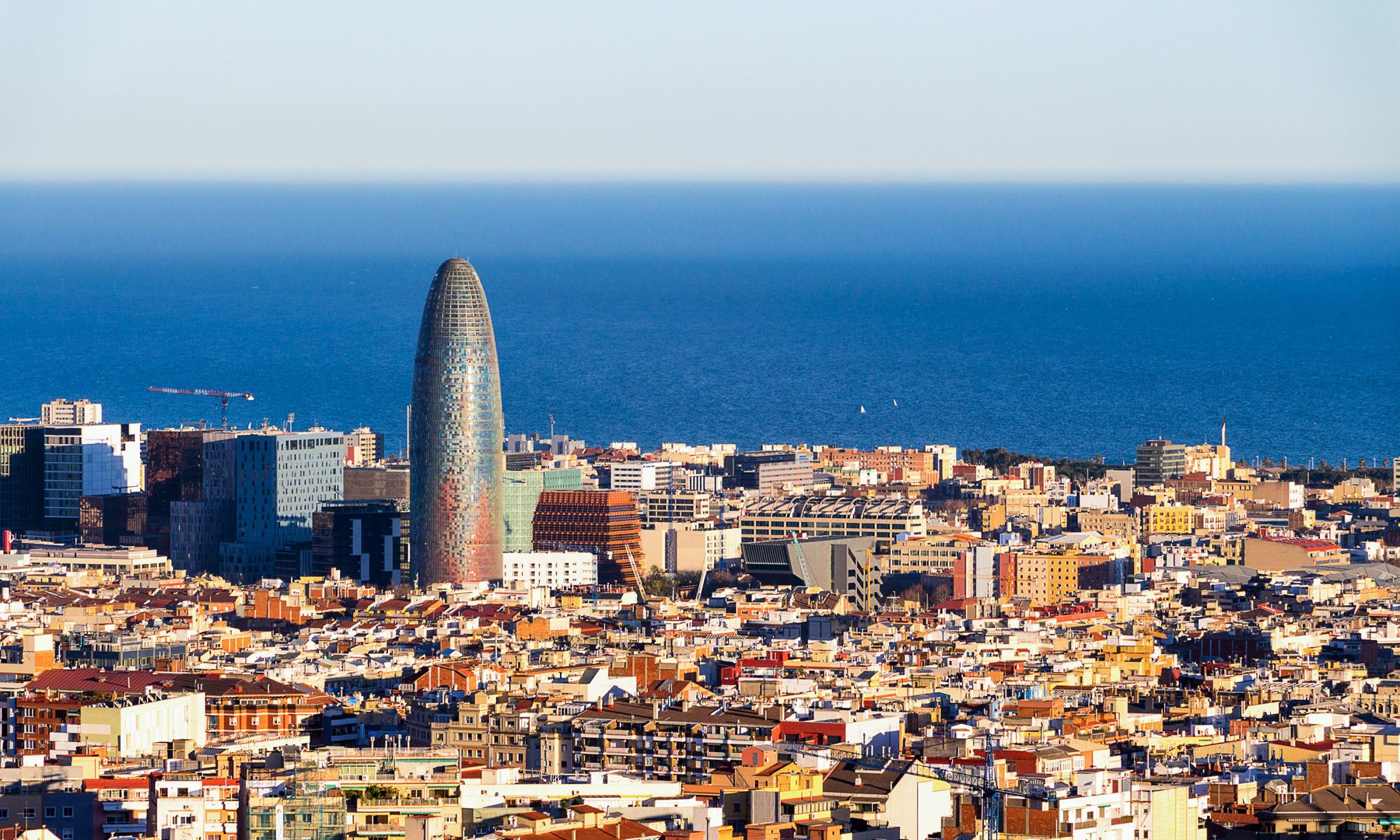Something has changed in Poblenou over the last decade. Like El País puts it, industrial buildings proudly show off their architectural peculiarities; the brick and metal constructions reminding us of a past and history key to the atmosphere present in the streets of Poblenou. What used to be a ‘conjunto’ of abandoned warehouses dating back to Poblenou’s Manchester-like period of factories and warehouses, has now become a place for creativity and possibilities for the future.
Poblenou became fashionable in its diversity and heterogeneity. There’s Torre Agbar as designed by architect Jean Nouvel and the Rambla del Poblenou giving way to a beach beloved and appreciated even by barcelonians, a crowd though to please with the beach so near. There’s also the tiny pueblo looking streets, the small modernist houses’, the newly constructed buildings hinting at what could be the future of Poblenou. As a result, buying property in the area has become high in demand by all kinds of people; the young, the families, the companies and those looking for a more quiet place still at biking and a couple of metro stops from the buzzing Barceloneta.
The global Spanish newspaper El País, depicts the revolution of the neighborhood while highlighting its authenticity. “Poblenou it’s not only about industrial chimneys and old buildings: the neighborhood is teeming with warehouses reconverted into art spaces and ateliers; new buildings and ancient modernist houses which, demos gracias, haven’t been demolished”.
Rent prices have risen in the whole city of Barcelona by 16% in two years. Out of all the neighborhoods, it has been especially striking the increase in prices registered in Poblenou, which has grown 36.5%. Buying is then a guarantee not only of getting to live in the most interesting neighborhood of Barcelona but also of the fact that you are making a good investment for the future.
It’s clear the industrial edifices of Poblenou found new purposes; in came freshly designed offices and projects such as 22@, an urban renewal area also known as Districte de la innovació, The Innovation District, bringing in technology, opportunities, job creation and modernity both for the neighborhood and the people living in it. In came the creative sector as well, with the recent and ongoing settlement of the majority of Barcelona’s creative companies and studios.
It seems there’s something for everyone in Poblenou, yet its new habitants haven’t eliminated the ‘barrio’s’ authentic feel. Every lifestyle is appreciated here, the traditional and the metropolitan. Because albeit the newly constructed, on many a corner you can still feel as if you were walking through a Catalan ‘pueblo’, local bars and shops included.
As Monocle relates, over the last couple of years both Catalans and tourists discovered Poblenou’s charm, resulting in an exponential growth in the demand for renting and buying properties in the area.
Descubre promociones que te pueden interesar
Discover your new home with MiA
We have launched our virtual agent to help you find the property you are looking for.
Ask MiA and get personalized recommendations to find your dream home. Try it now!
